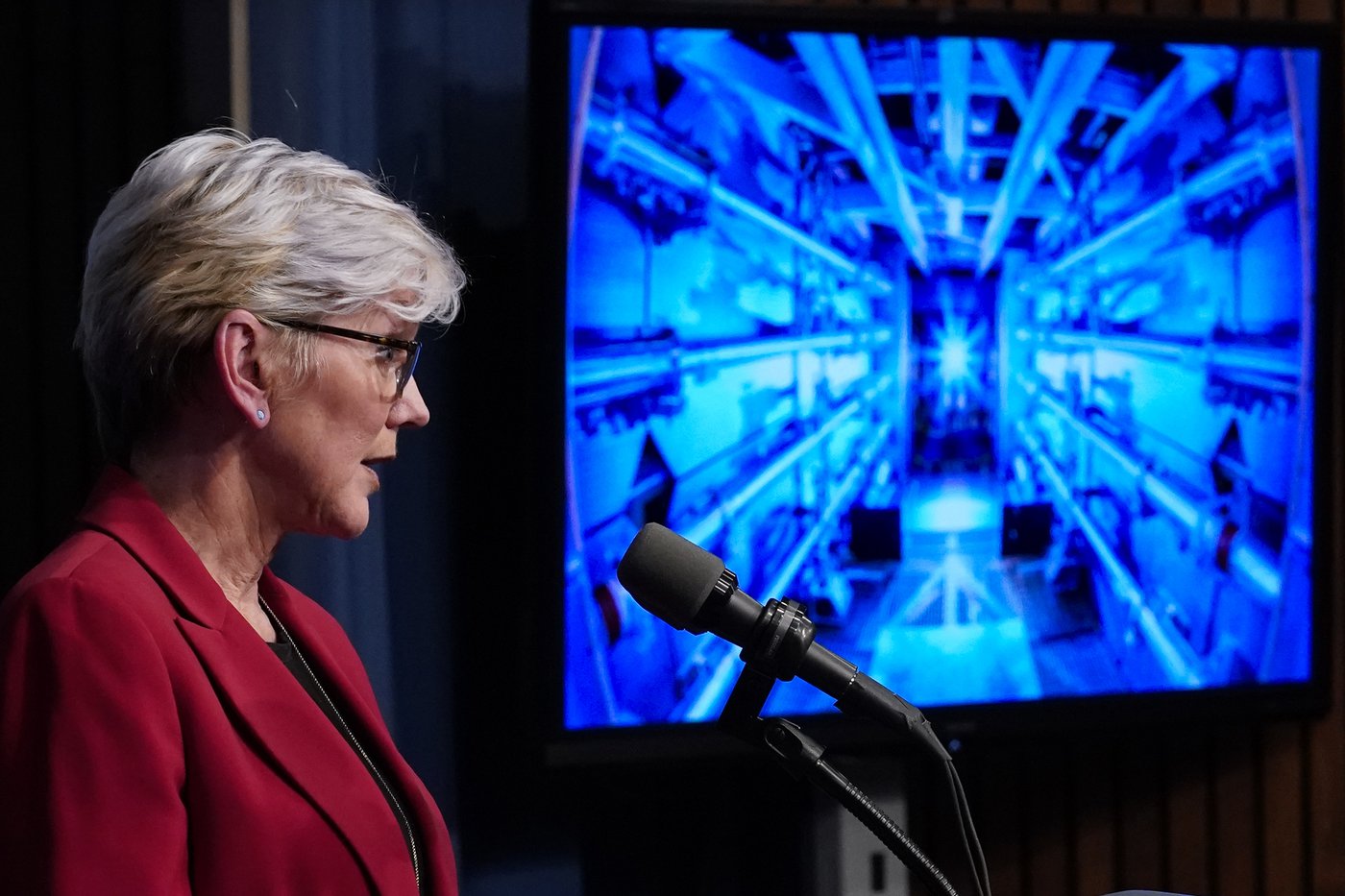The fusion ignition breakthrough that has experts hailing a new dawn in the search for clean energy took a lot of help from around the world — including Canada.
Researchers at the University of Alberta have been working for years on theoretical models to interpret the results of precisely the sort of laser-plasma interaction experiments at the core of the discovery.
“We contribute — myself, my group, my students — to modelling to understand the physics of this process,” said Wojciech Rozmus, an expert in theoretical plasma physics at the U of A in Edmonton.
“We are part of the very close working groups in working with some aspects of this experiment.”
Rozmus, 71, has been studying plasma physics for four decades. He’s twice been a visiting professor at the Lawrence Livermore National Laboratory in California where the breakthrough was made — once in 1997-98 and again in 2011-12.
It was there that for the first time, scientists successfully produced a fusion reaction that generated more energy than it took to trigger, an initial step toward corralling the process that energizes the sun and other stars.
“Simply put, this is one of the most impressive scientific feats of the 21st century,” U.S. Energy Secretary Jennifer Granholm said Tuesday.
“This milestone moves us one significant step closer to the possibility of zero-carbon, abundant fusion energy powering our society.”
Critics cited the shortcomings of the Livermore laboratory’s National Ignition Facility, including the modelling challenges, in expressing their doubts the milestone would ever be reached, said lab director Kim Budil.
“Many said it was not possible — the laser wasn’t energetic enough, the targets would never be precise enough, our modelling and simulation tools were just not up to the task of this complex physics,” Budil said.
“The science and technology challenges on the path to fusion energy are daunting. But making the seemingly impossible possible is when we’re at our very best.”
Fusion, in a nutshell, produces energy and heat by forcing together hydrogen atoms without the radioactive byproducts of nuclear reactions.
The experiment, which Rozmus said first showed exceptional promise back in August 2021, involved firing a barrage of lasers at a cylinder that contained a BB-sized fuel pellet of hydrogen, deuterium and tritium.
The pellet, bombarded by X-rays, vaporized as its nuclei fused in a brief burst of energy — 50 per cent more than had been used to produce it.
Budil said as a result, the prospect of using fusion ignition to produce power on a commercial level is significantly closer than it was before.
“Not six decades, I don’t think, and not five decades, which is what we used to say,” she said.
“I think it’s moving into the foreground, and with concerted effort and investment, a few decades of research on the underlying technologies could put us in a position to build a power plant.”
To avoid being seen as playing favourites, the Lawrence Livermore lab refused Wednesday to speak about specific academic partners. But from the outset, the success was framed by officials as a global team effort.
It was the product of the dedicated work of “countless collaborators” from laboratories, academic institutions and energy agencies from across the U.S. and around the world, said spokesperson Breanna Bishop.
Rozmus said the collaboration had been intensifying in recent years, and may have even received a boost from the COVID-19 pandemic, which fostered the growth of using technology for long-distance teamwork.
“I would say even the pandemic helped us,” he said. “The way we work now, online via Zoom, that exchange of information became a standard form of communicating and it has stayed like that.”
Granholm made the point that the success was a product of U.S. investments in national laboratory facilities and fundamental research. “Tomorrow, we’ll continue to work toward a future that is powered in part by fusion energy,” she said.
It would be nice if the success resulted in Canada making a more concerted effort of its own towards advancing fusion research, Rozmus said.
“Fusion has had a hard time gaining support, partly because it was a prospect which was always 50 years away,” he said. “But now that it’s getting a demonstration of control, the conversation changes dramatically.”
This report by The Canadian Press was first published Dec. 14, 2022.
